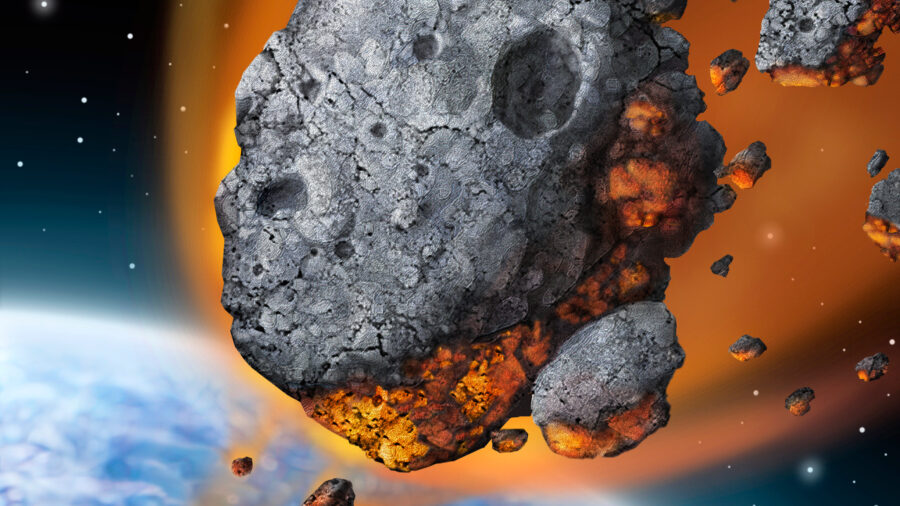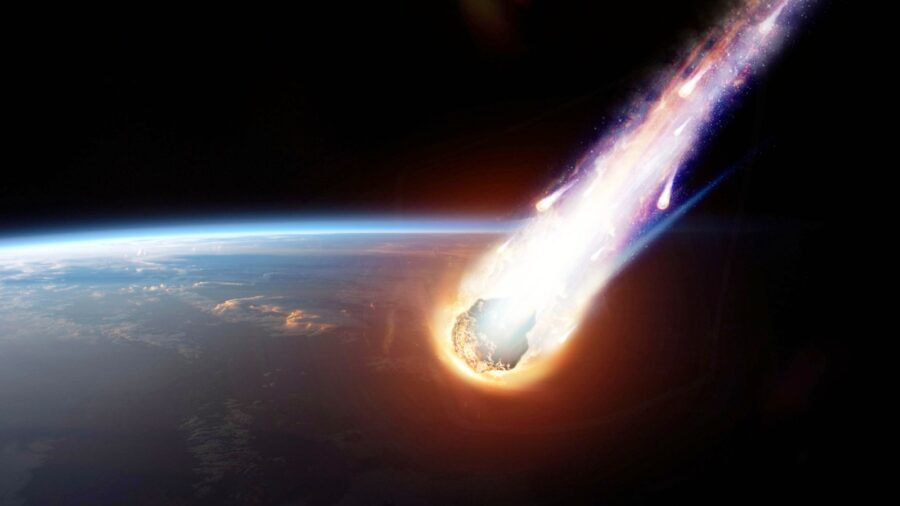NASA Finds Asteroid That Shoots Rocks All Over Space
NASA has discovered that the asteroid Didymos is spinning so fast it's throwing rubble into space.

NASA created the Double Asteroid Redirection Test (DART) to have a way to redirect asteroids heading toward Earth, but now the experiment is bearing some other interesting fruit. The Double Asteroid Redirection Test was sent into a moon called Dimorphos which orbits the asteroid Didymos. They were then able to observe that Didymos was spinning at such a high velocity that it was launching rubble out into space (via Futurism).
NASA’s DART experiment has led planetary scientists at the University of Alicante in Spain to run simulations that indicate 97% of Didymos’ rubble falls back to its own surface but that some of the larger pieces break off and land on Dimorphos. This is interesting because it could give us some insight into the formation of planetary and celestial bodies.
Now, there are astronomers trying to find out if Dimorphos was formed this way, becoming a satellite of Didymos from Didymos’ own rubble and debris. Rather than NASA looking into this, the European Space Agency is actually sending its HERA project up to the binary asteroid system to study the surface changes of Didymos. Presumably, they’ll be able to learn more about this debris and rubble ejection while HERA is up there.
In the meantime, NASA has reportedly been fairly happy with the performance of its Double Asteroid Redirection Test craft. When the space agency launched the DART into Dimorphos, it did manage to change the trajectory of the rock and displace nearly two million pounds of debris to add to the achievement. With DART’s intention being to redirect deadly space rocks, the experimental craft could certainly be considered a success in this scenario.

Of course, NASA’s planetary defense research is more than just ramming stuff into space rocks, as they also want to use DART to observe how these bodies are formed and what they’re made of. Still, the space agency impressively nailed the target, and space and ground-based telescopes observed before and after the impact to determine what exactly happened to help change the trajectory. According to the reports, DART slammed into Dimorphos going about 14,000 miles per hour.
NASA’s DART team attributed the successful change of trajectory to momentum transfer, as the surface material from Dimorphos blasting out due to the impact was what helped change the trajectory to such a significant degree. The DART team said that the transfer of momentum was roughly 3.6 times greater than if the asteroid had just tanked the hit and no material was blasted away from the surface. The DART mission was also the first time we intentionally changed the trajectory of a celestial space object and the impact changed the orbit of Dimorphos around Didymos by 32 minutes.
So, hopefully, NASA can continue to develop the DART program and make sure the Earth doesn’t get any unwanted space rock visitors in the future. Maybe Leonardo DiCaprio and Jennifer Lawrence’s warnings in Don’t Look Up could have just been handled by the DART team instead. Make sure to stay tuned for more space and technology news.












